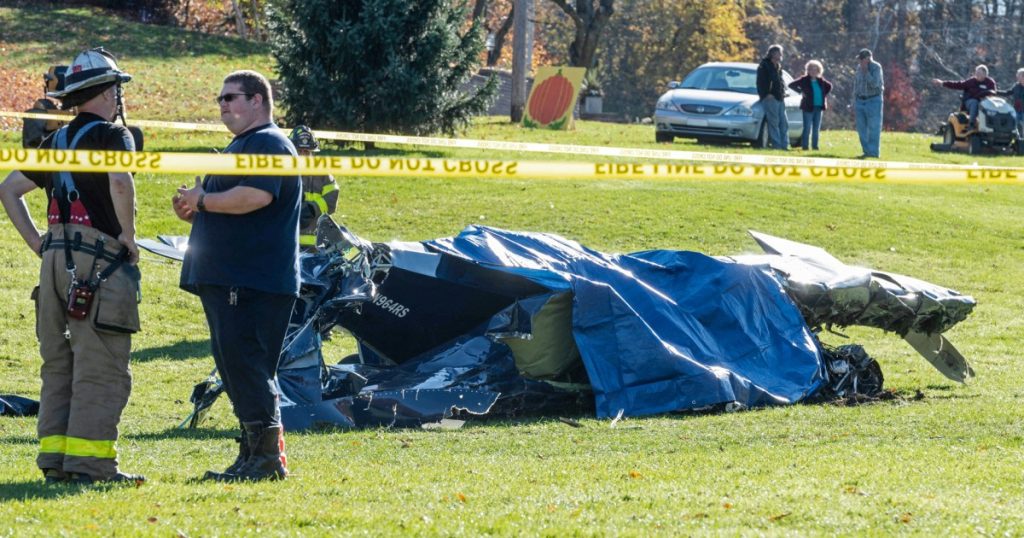In October 2022, a tragic plane crash in Pennsylvania claimed the lives of two individuals, pilot Ronald Snyder and passenger Michael Bowen. The aircraft involved was an experimental amateur-built Bearhawk Patrol plane, which crashed at a farm near Hanover Township. The National Transportation Safety Board (NTSB) released a report detailing the events leading up to the crash. Prior to the fatal flight, the pilot had mentioned to a friend that the airplane had a rigging issue causing it to “kick” laterally while turning. Despite this issue, the pilot decided to proceed with the flight.
The pilot and passenger took off from Wilkes-Barre Wyoming Valley Airport and were headed to an airport in Lebanon County. Witnesses reported that shortly after the plane leveled off, it experienced sudden and erratic movements, ultimately leading to the pilot falling out of the aircraft and striking the tail section. This caused a loss of control that the passenger was unable to recover from, resulting in the fatal crash. The NTSB report indicated that the pilot’s seatbelt and shoulder harness were found intact, unlatched, and undamaged, suggesting that he intentionally unbuckled his restraints during the flight.
The NTSB report speculated that the pilot may have been attempting to address the rigging issue with the tail that he and his friend had noticed earlier during turns. This action could have led to his ejection from the plane or displacement of a flight control, ultimately causing the crash. The report also noted that toxicology reports conducted by the FAA detected non-impairing medications in the pilot’s system, which were not considered factors in the accident. Additionally, there was no evidence of any mechanical issues with the engine that would have prevented it from operating normally.
The Luzerne County coroner’s office identified the two victims of the crash as Michael Bowen, 59, of Jonestown, and Ronald Snyder, 76, of Bernville. Snyder was the pilot of the aircraft at the time of the crash. The investigation by the NTSB found that the pilot’s impact with the tail section caused damage that ultimately led to the loss of control and crash of the plane. The aircraft had climbed to 1,700 feet before rapidly descending 400 feet in less than two seconds. These findings shed light on the sequence of events that led to the tragic outcome of the flight.
The NTSB report was unable to determine definitively why the pilot left the aircraft during the flight, but suggested that his actions in attempting to address the rigging issue with the tail may have been a contributing factor. The report highlighted the importance of proper safety protocols and decision-making in aviation, emphasizing the need for pilots to address and resolve any issues before taking off. The crash serves as a tragic reminder of the risks involved in experimental aviation and the importance of thorough pre-flight inspections and precautions to ensure the safety of all individuals on board. The investigation into the crash continues, with the NTSB working to determine the precise cause of the accident and any potential contributing factors.


